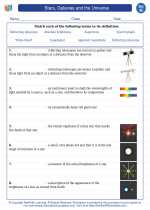Bone Tissue
Bone tissue is a specialized type of connective tissue that forms the skeletal system in vertebrates. It serves various functions, including providing structural support, protecting vital organs, producing blood cells, and storing minerals such as calcium and phosphorus.
Types of Bone Tissue
There are two main types of bone tissue: compact bone and spongy bone.
- Compact Bone: This dense and hard type of bone tissue forms the outer layer of bones. It provides strength and support.
- Spongy Bone: Also known as cancellous or trabecular bone, spongy bone is less dense and consists of a network of bony struts. It is found in the inner layer of bones and provides structural support while being lighter than compact bone.
Microscopic Structure
At the microscopic level, bone tissue is composed of cells and extracellular matrix.
- Osteocytes: These are the mature bone cells embedded in the mineralized matrix.
- Osteoblasts: These cells are responsible for bone formation and mineralization.
- Osteoclasts: These cells are involved in bone resorption, the process of breaking down bone tissue.
- Extracellular Matrix: The matrix consists of collagen fibers and mineral salts, primarily hydroxyapatite, which give bone its strength and hardness.
Bone Development and Growth
Bone tissue undergoes a process called ossification, which involves the formation of bone from osteoblasts. There are two types of ossification: intramembranous ossification, which occurs in flat bones, and endochondral ossification, which occurs in long bones.
Factors Affecting Bone Health
Several factors influence the health and strength of bone tissue, including nutrition, physical activity, hormonal balance, and genetics. Proper nutrition, particularly adequate intake of calcium and vitamin D, is essential for maintaining healthy bone tissue.
Common Bone Disorders
Some common bone disorders include osteoporosis, a condition characterized by decreased bone density and increased risk of fractures, and osteogenesis imperfecta, a genetic disorder that results in brittle and easily fractured bones.
Study Guide
To study bone tissue effectively, consider the following key points:
- Understand the structure and functions of bone tissue, including its role in providing support, protection, and mineral storage.
- Learn about the different types of bone tissue, including compact and spongy bone, and their respective characteristics.
- Explore the microscopic components of bone tissue, such as osteocytes, osteoblasts, and the extracellular matrix.
- Understand the processes of bone development and growth, including intramembranous and endochondral ossification.
- Explore the factors that impact bone health, including nutrition, physical activity, hormonal balance, and genetics.
- Be familiar with common bone disorders and their effects on bone tissue.
[Bone Tissue] Related Worksheets and Study Guides:
.◂Science Worksheets and Study Guides Eighth Grade. Stars, Galaxies and the Universe
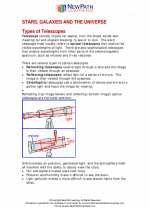
 Worksheet/Answer key
Worksheet/Answer key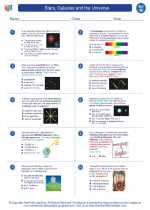
 Worksheet/Answer key
Worksheet/Answer key
 Worksheet/Answer key
Worksheet/Answer key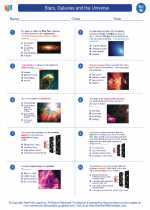
 Vocabulary/Answer key
Vocabulary/Answer key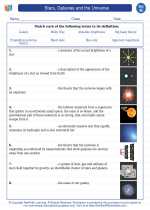
 Vocabulary/Answer key
Vocabulary/Answer key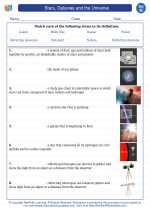
 Vocabulary/Answer key
Vocabulary/Answer key